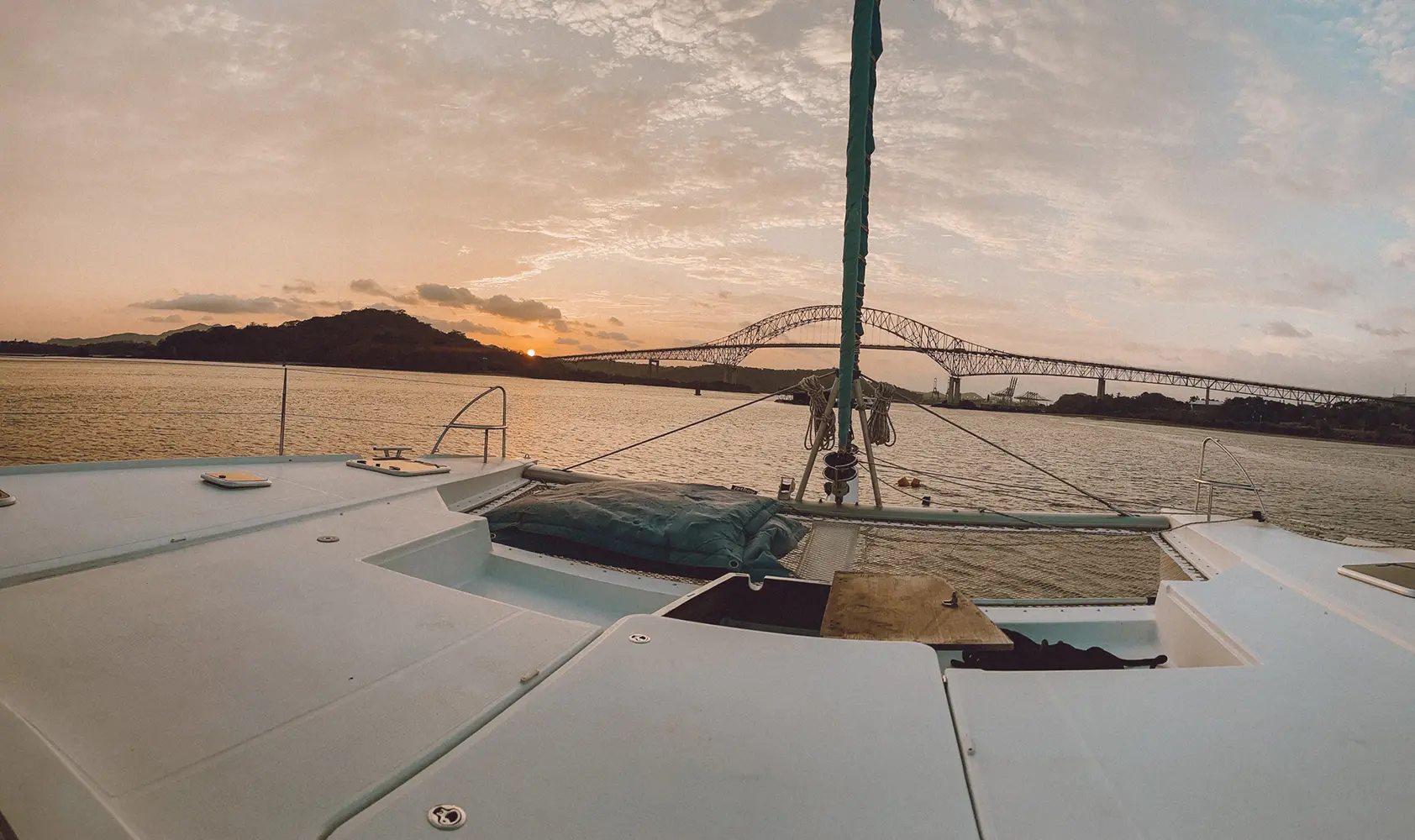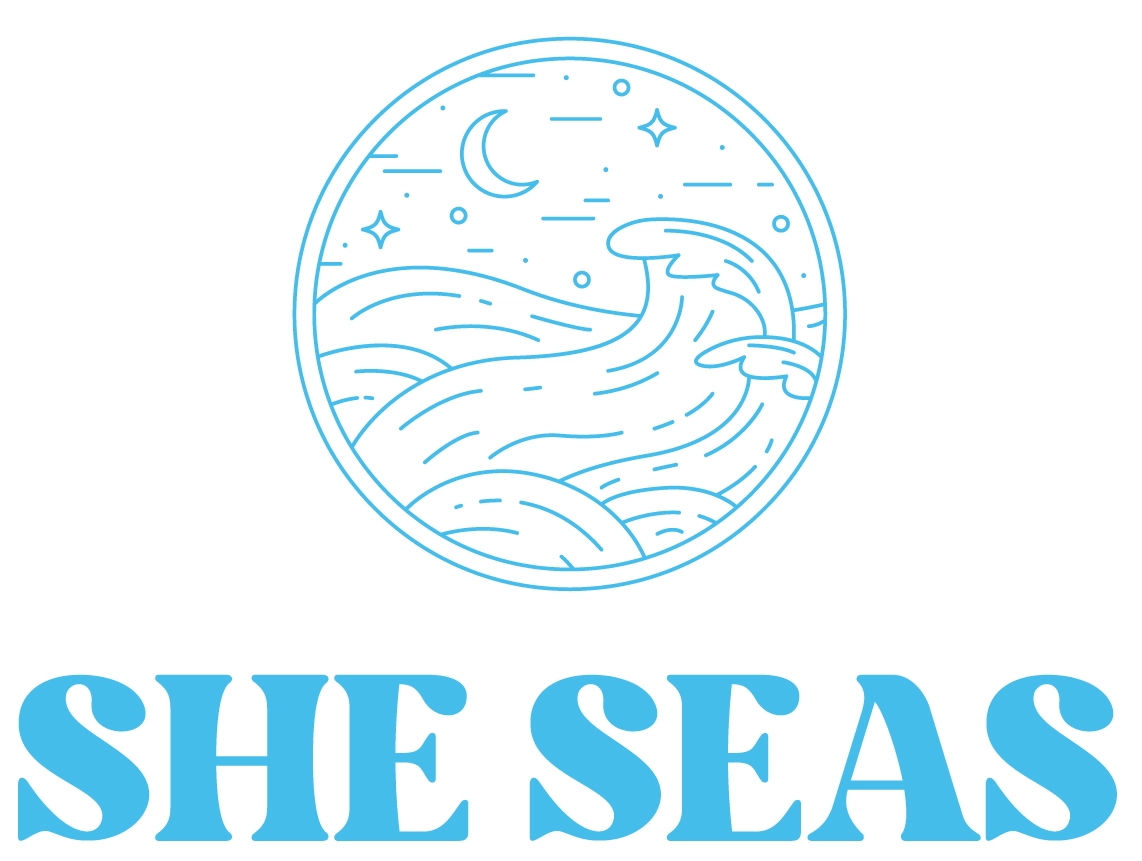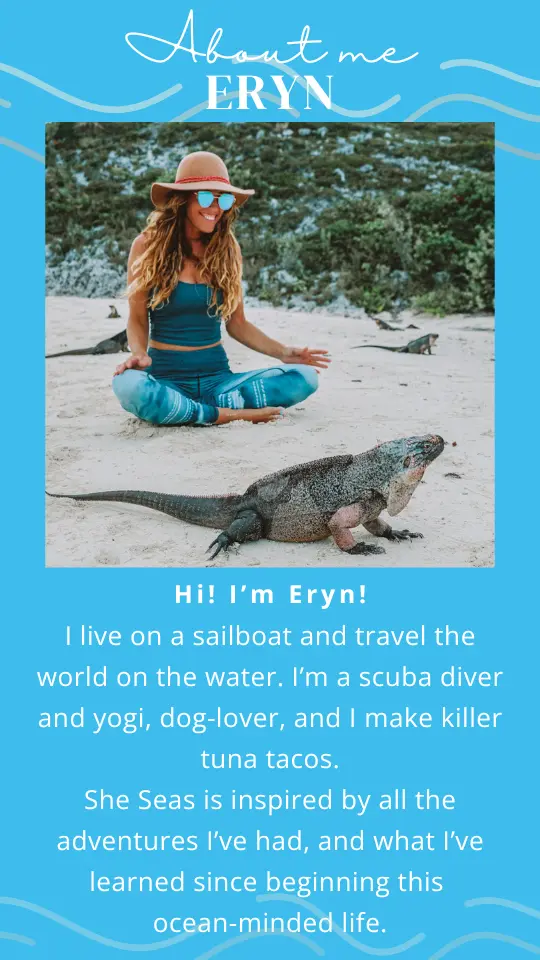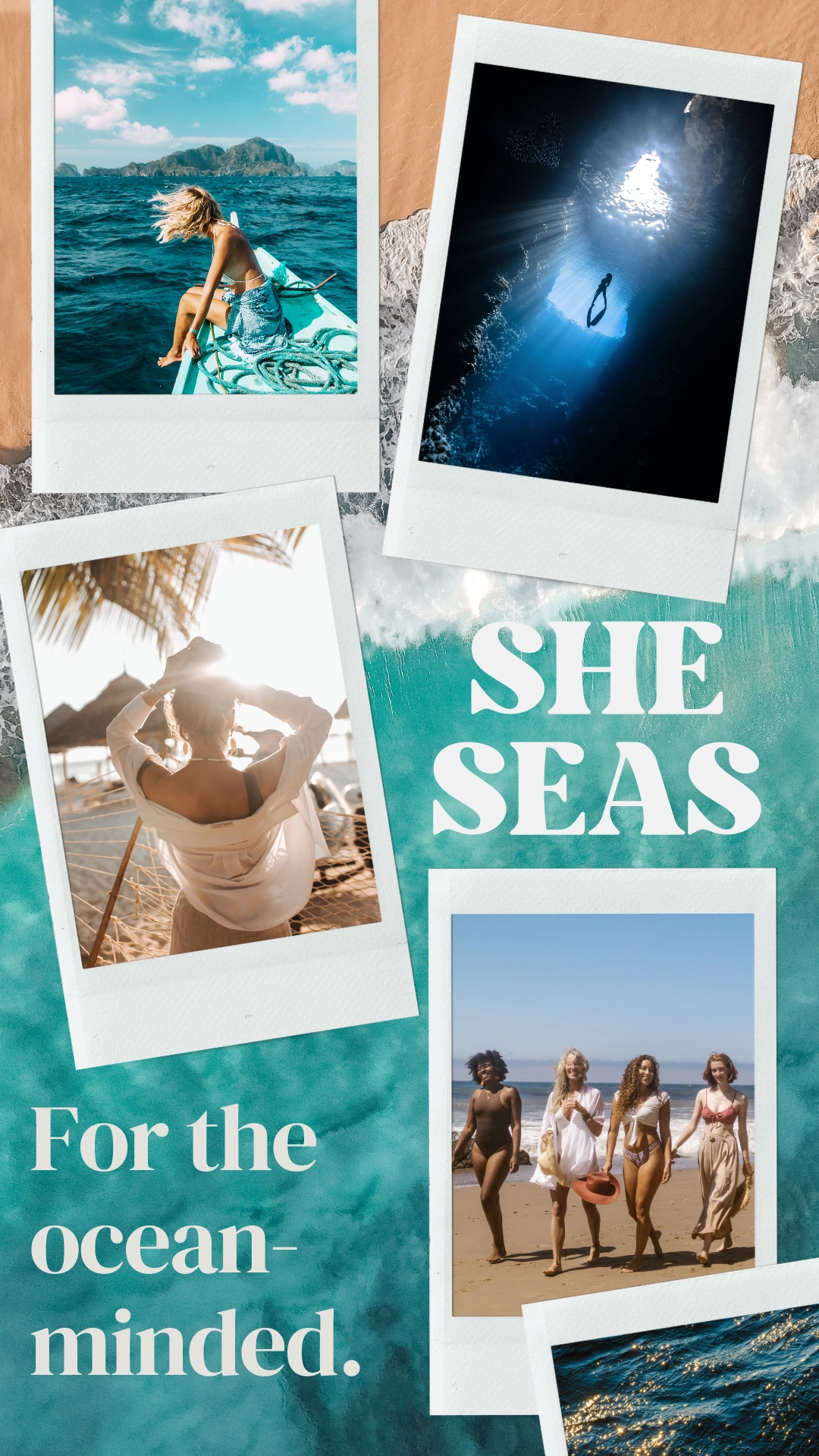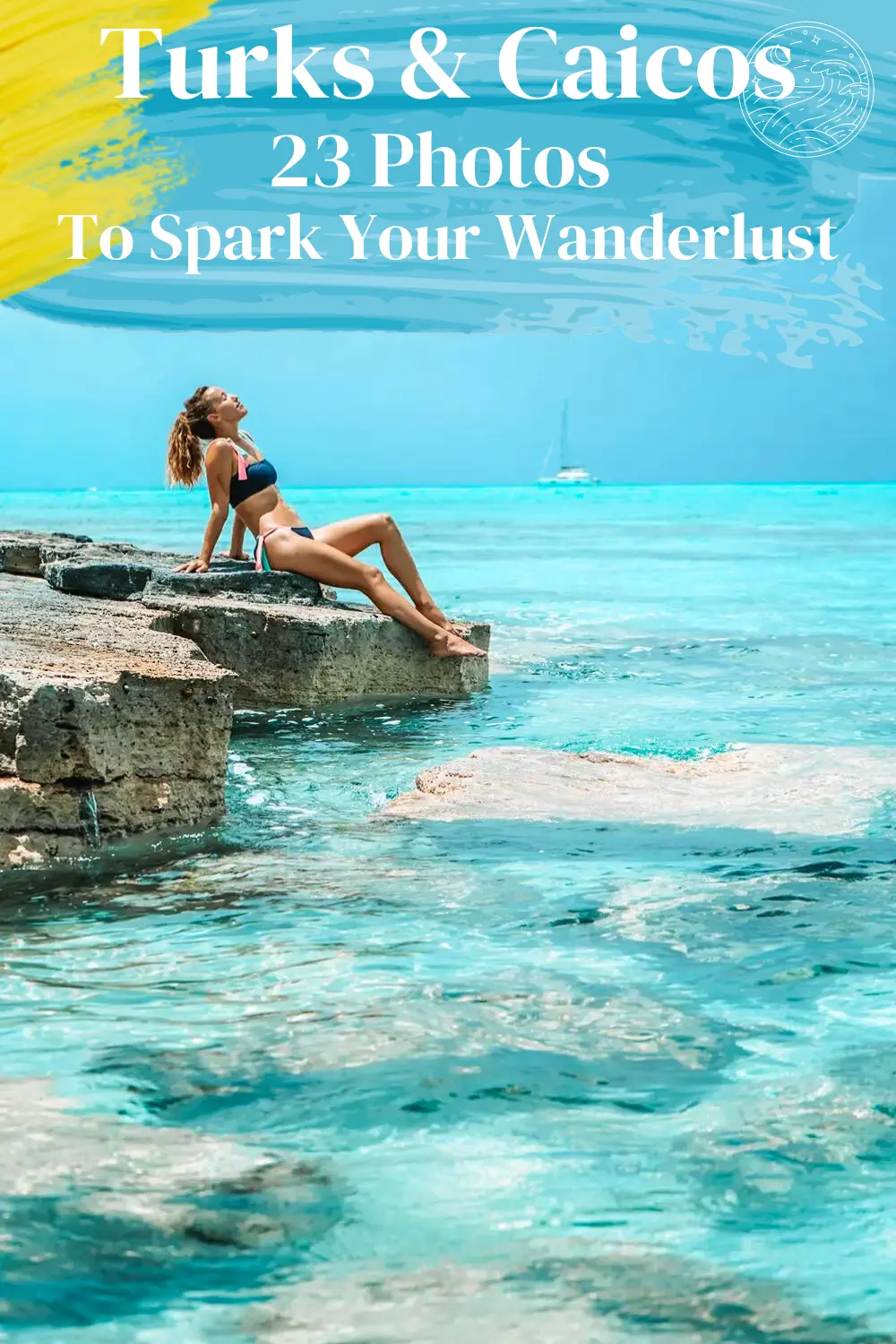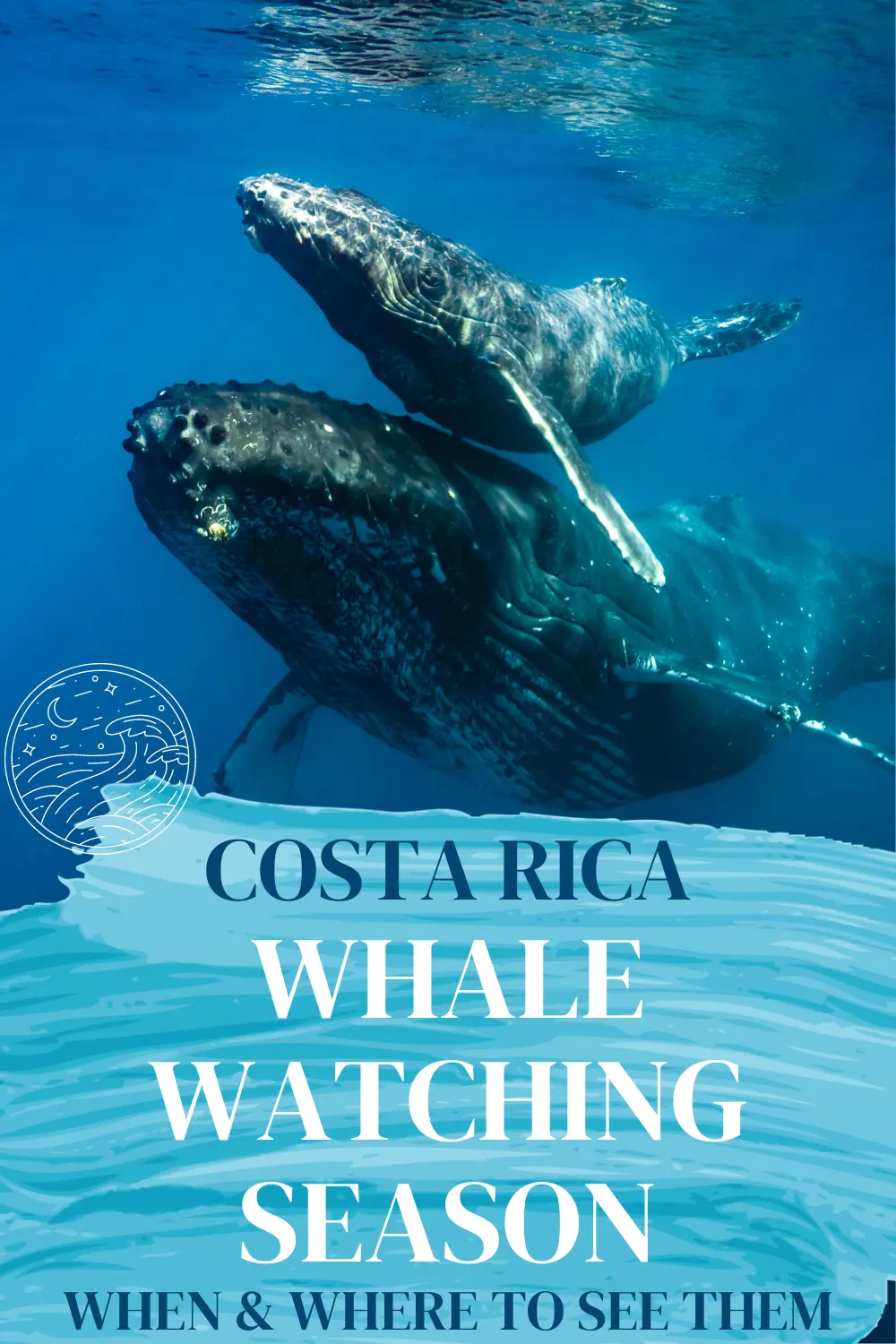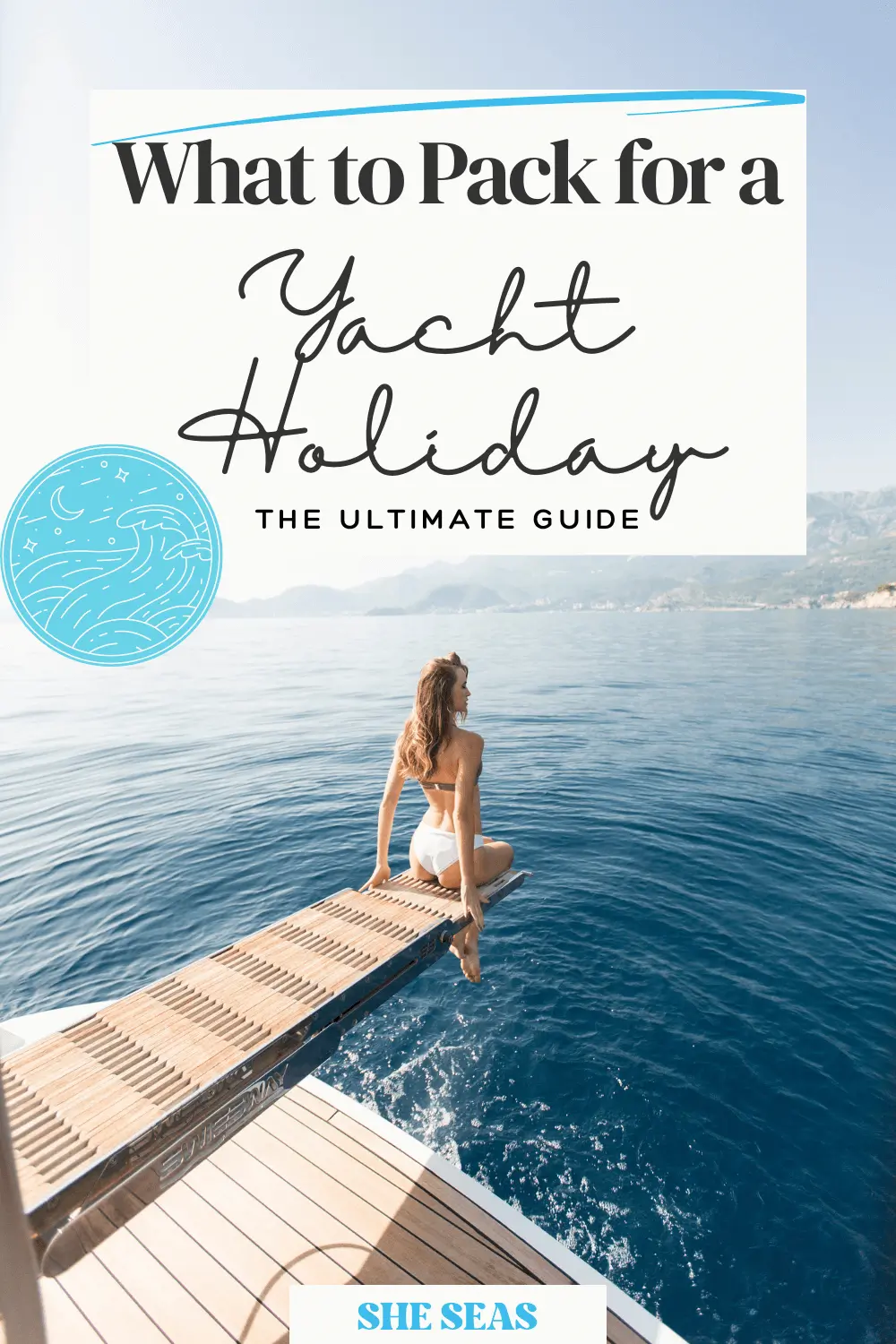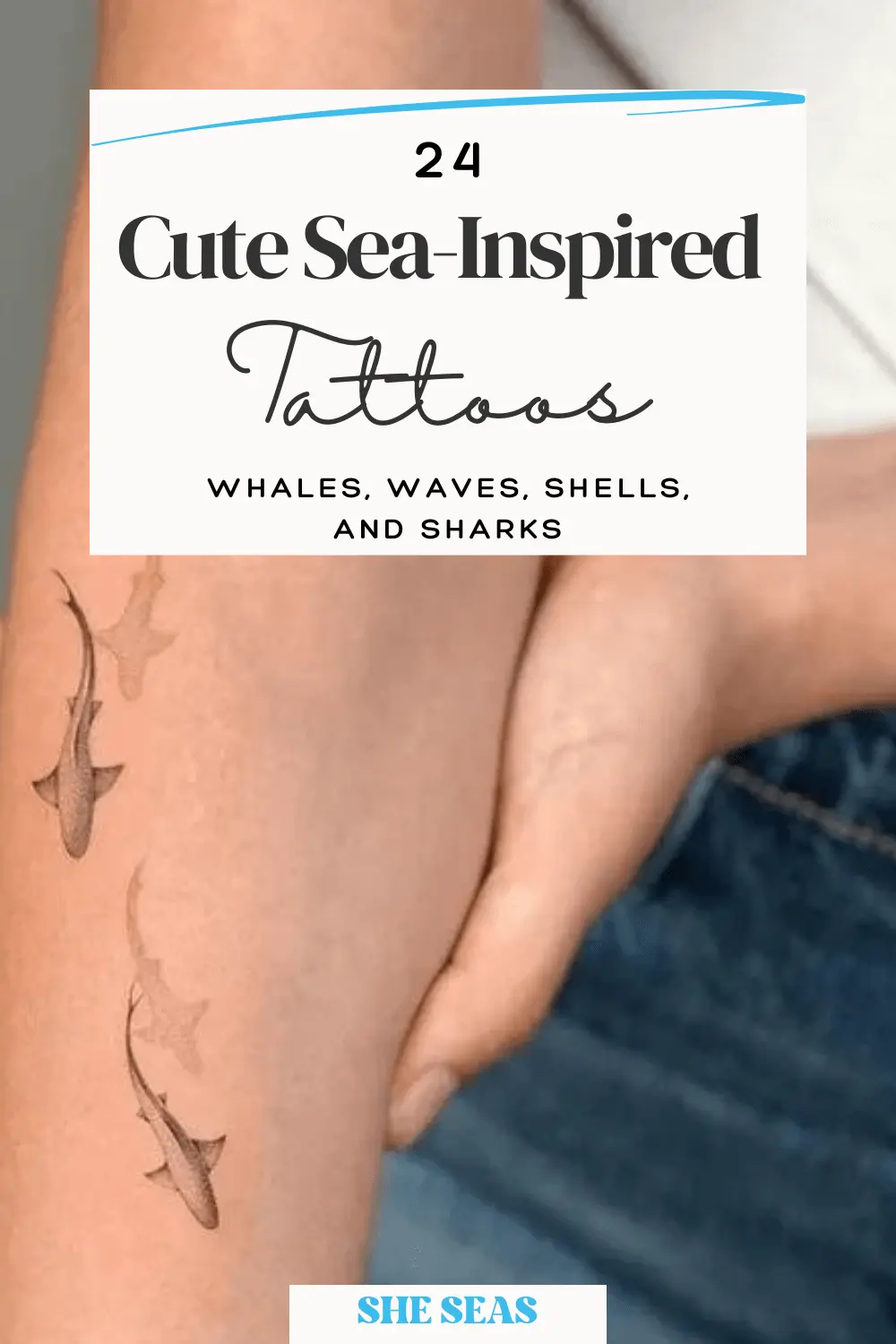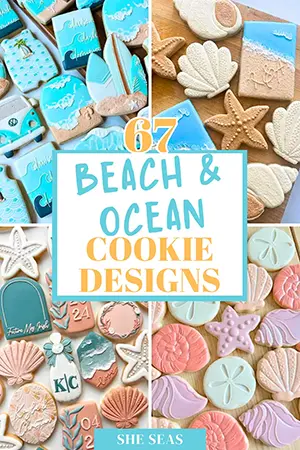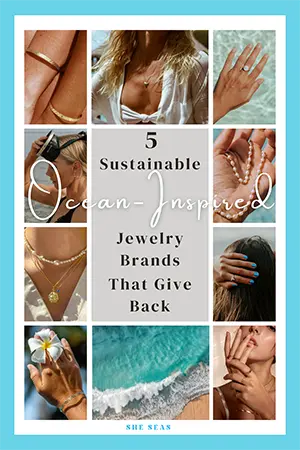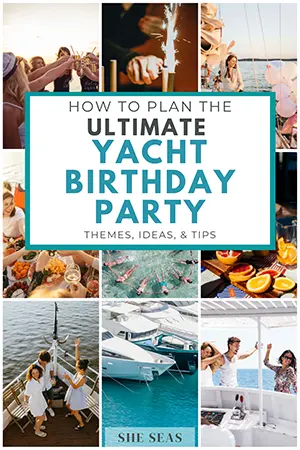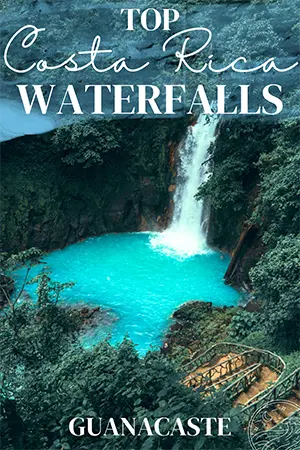Our Panama Canal Transit: Sailor's Experience & Tips
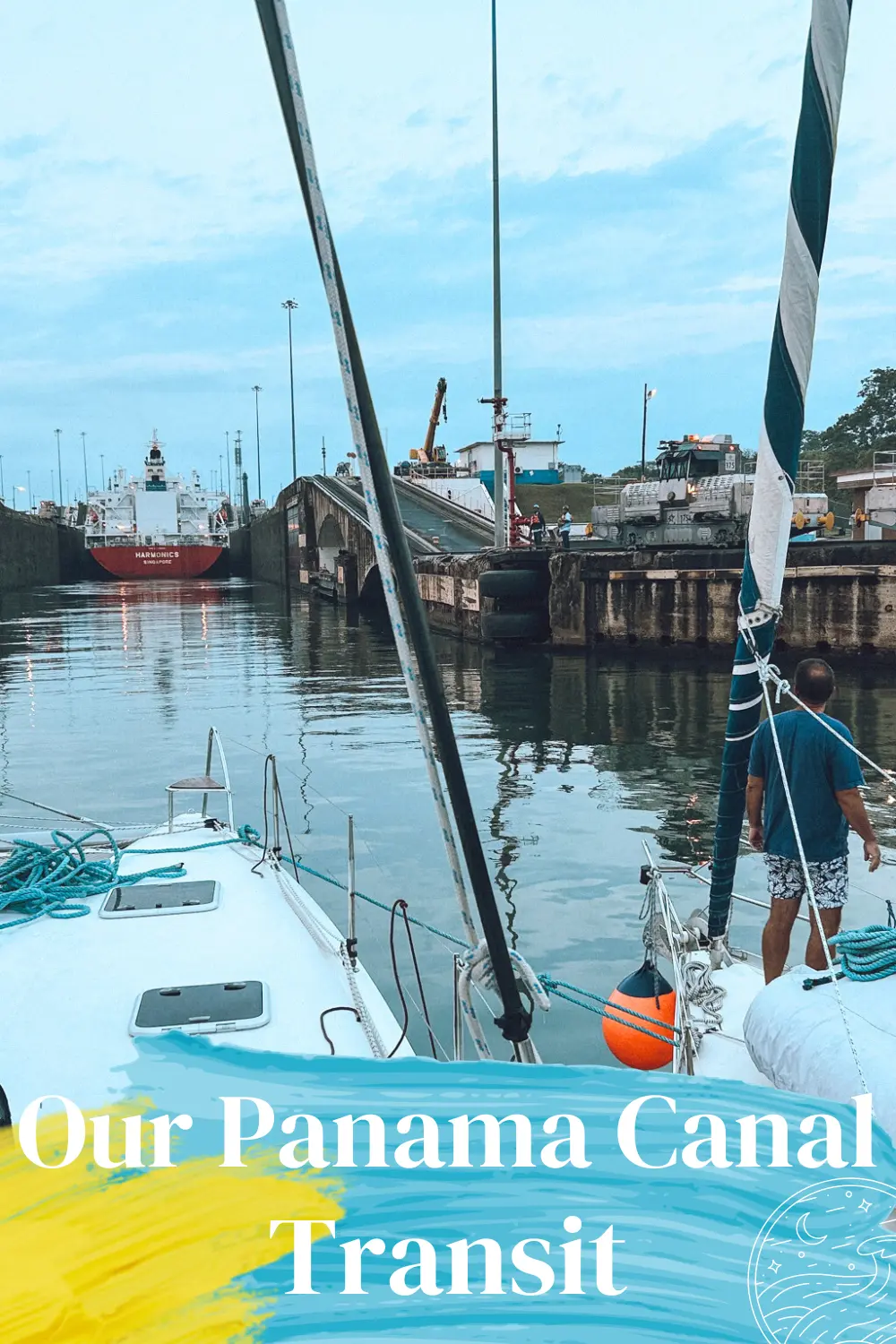
Our Panama Canal Transit: Sailor's Experience & Tips
Transiting through the Panama Canal is more than just an incredible experience—it’s a rite of passage for many sailors and cruisers. My friend Emma, a non-sailor but enthusiastic boat-trip taker, joined us as crew and said this was the bucket list experience she never knew she needed to check off. This 50-mile stretch of water that connects the Atlantic and Pacific Oceans is not only one of the world’s most impressive feats of engineering but also a thrilling and memorable journey for anyone lucky enough to take it on.
My husband and I live aboard our 2016 Fountaine Pajot Saba 50 and spent three years cruising the Caribbean before transiting the canal in April of 2024. From knots and permits, to what it’s like to experience the locks firsthand, I’ve put together this Panama Canal transit guide from our experience and information I think is useful. Whether you’re planning your first transit or just dreaming of future adventures, here’s what you can expect along the way.
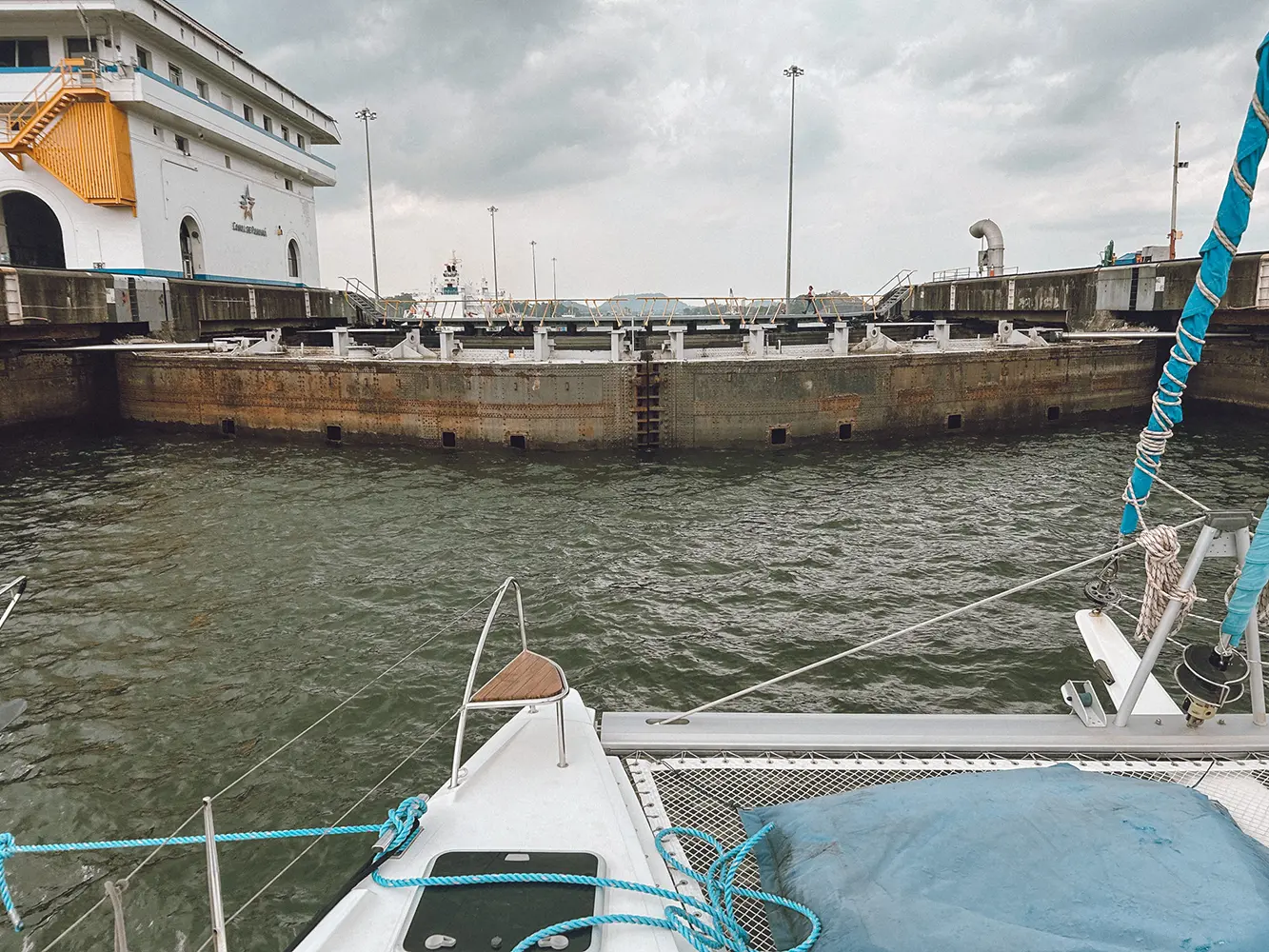
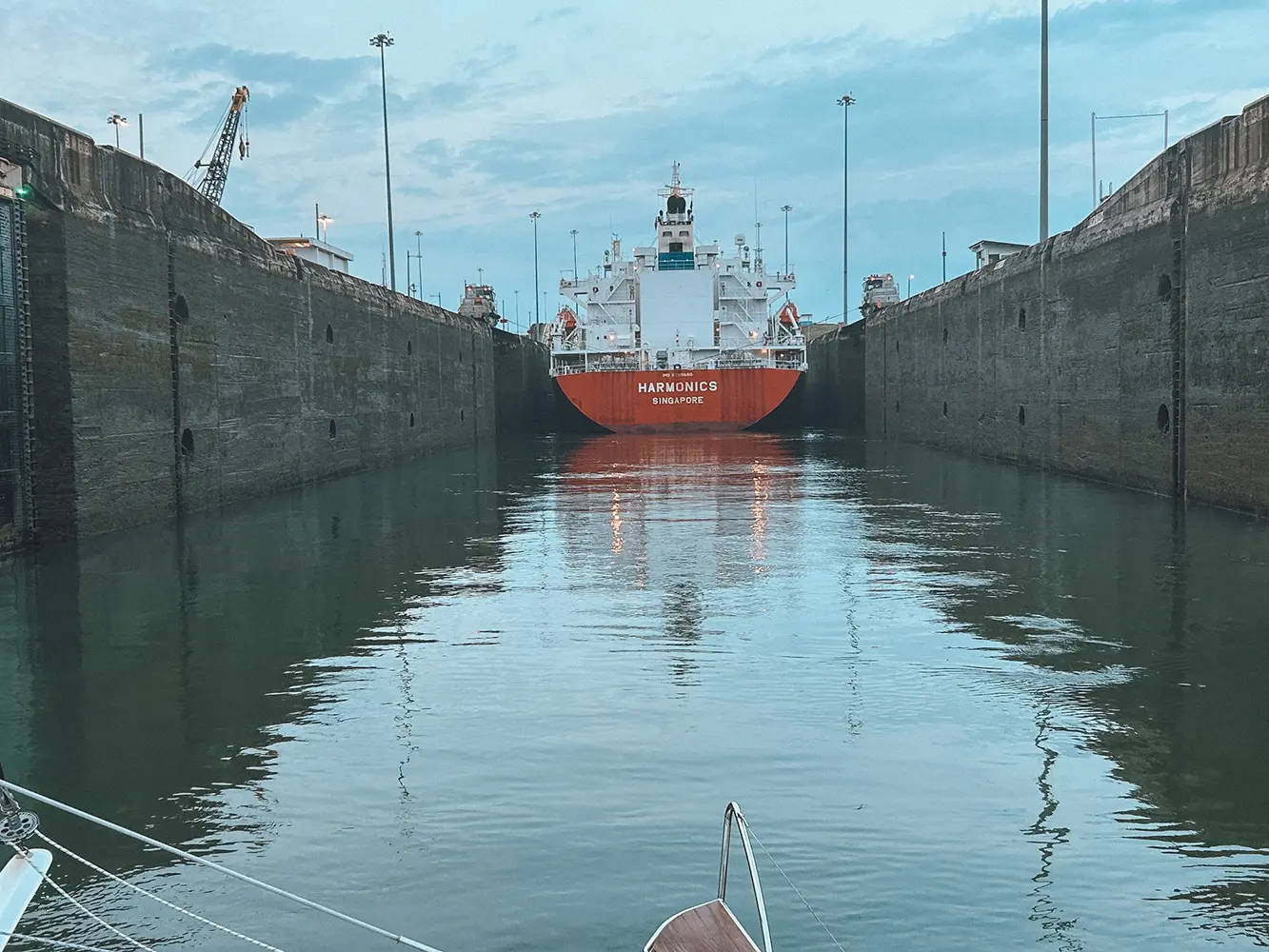
How Much Does it Cost to Transit the Panama Canal?
A Panama Canal transit depends on a variety of factors including the length of your boat, whether you use an agent, if you need additional fenders and lines, and if you hire line handlers. There are also several fees that may change from year to year. Here’s the breakdown of what it cost us to transit on a 50 foot catamaran in spring of 2024:
(USD)
Transit Toll: $1,935.00
Agent Fee: $400.00
Boat Inspection: $75.00
Security Fee: $165.00
Linehandlers: $0 – we had crew but if we had hired four (the minimum required) line handlers the cost was $270 per line handler.
Line and Fender Rental: $120.00
Online Payment Fee: $140
TOTAL: $2,835.00
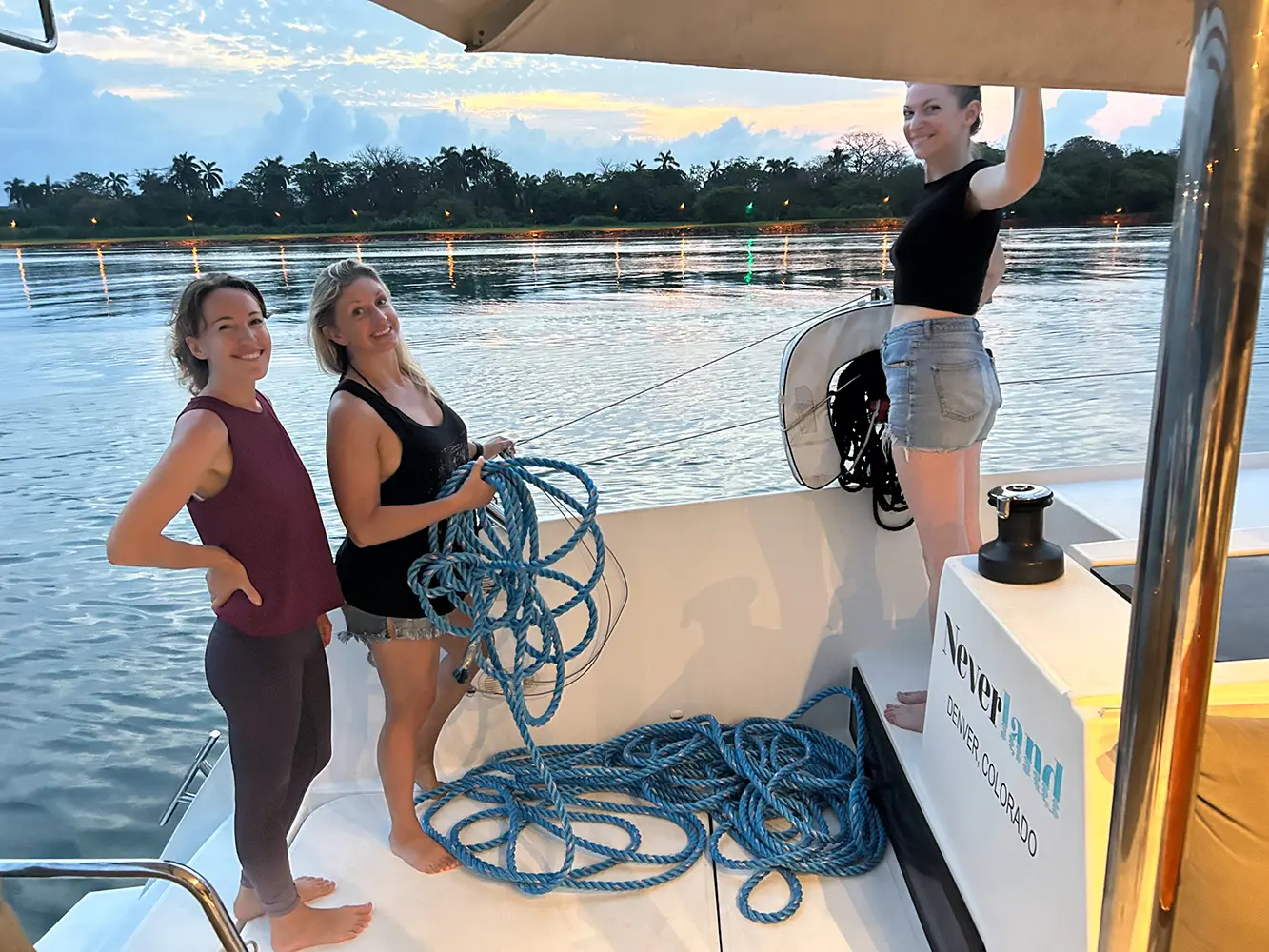
Getting Ready for Your Panama Canal Transit
Before you can set sail through the Panama Canal, there’s a lot of prep work to do. Here’s what to expect:
Choose your Date Range
We wanted to make our reservation for transit well ahead of time so our friends could book their flights. We looked at the calendar from the Panama Canal Transit Authority to determine your options. We knew we wanted to book in April so we started nailing down our date range in February. Your canal transit can either be completed in one day or broken into two parts (one for each set of locks). Some boats prefer to stop in Lake Gatun overnight, which can be a peaceful and scenic option. Others complete the transit in one day, but this a long day of travel through the locks and across the lake. It’s important to note that while you can request a specific date/slot, the Transit Authority has the ultimate say on date and morning or afternoon slot so it’s important to be a little flexible.
Agent or Self-Arranged
We hired an agent to help manage the paperwork, payments, and scheduling, but you can also do it yourself if you’re comfortable navigating the process. Having an agent can simplify things, especially if you’re new to the canal, but it’s an added expense.
Marina or Anchor
We spent two nights in Shelter Bay Marina getting prepared, having the boat inspected, and getting our lines and fenders delivered, however we spent a week before docking in the marina, and the night before our transit anchored just outside the marina. This can save you some money, and if you’re starting your transit in the predawn hours like we did, I would recommend moving out to anchor, then you can just raise anchor after your advisor arrives by pilot boat and get going.
Prepare for Line Handlers
One of the unique aspects of sailing through the Panama Canal is that your boat will need line handlers—people responsible for helping secure and manage the ropes while going through the locks. You’ll need at least four line handlers for the port and starboard side to assist with the transit. If you don’t have enough crew, you can hire local line handlers (at the cost of $270 per handler) who are experienced with the canal process. We chose to bring our own crew aboard and given their limited boating knowledge we spent two days in the marina teaching them how to tie bowlines, tie cleats, and practicing passing tied lines from the boat to shore. They did a great job!
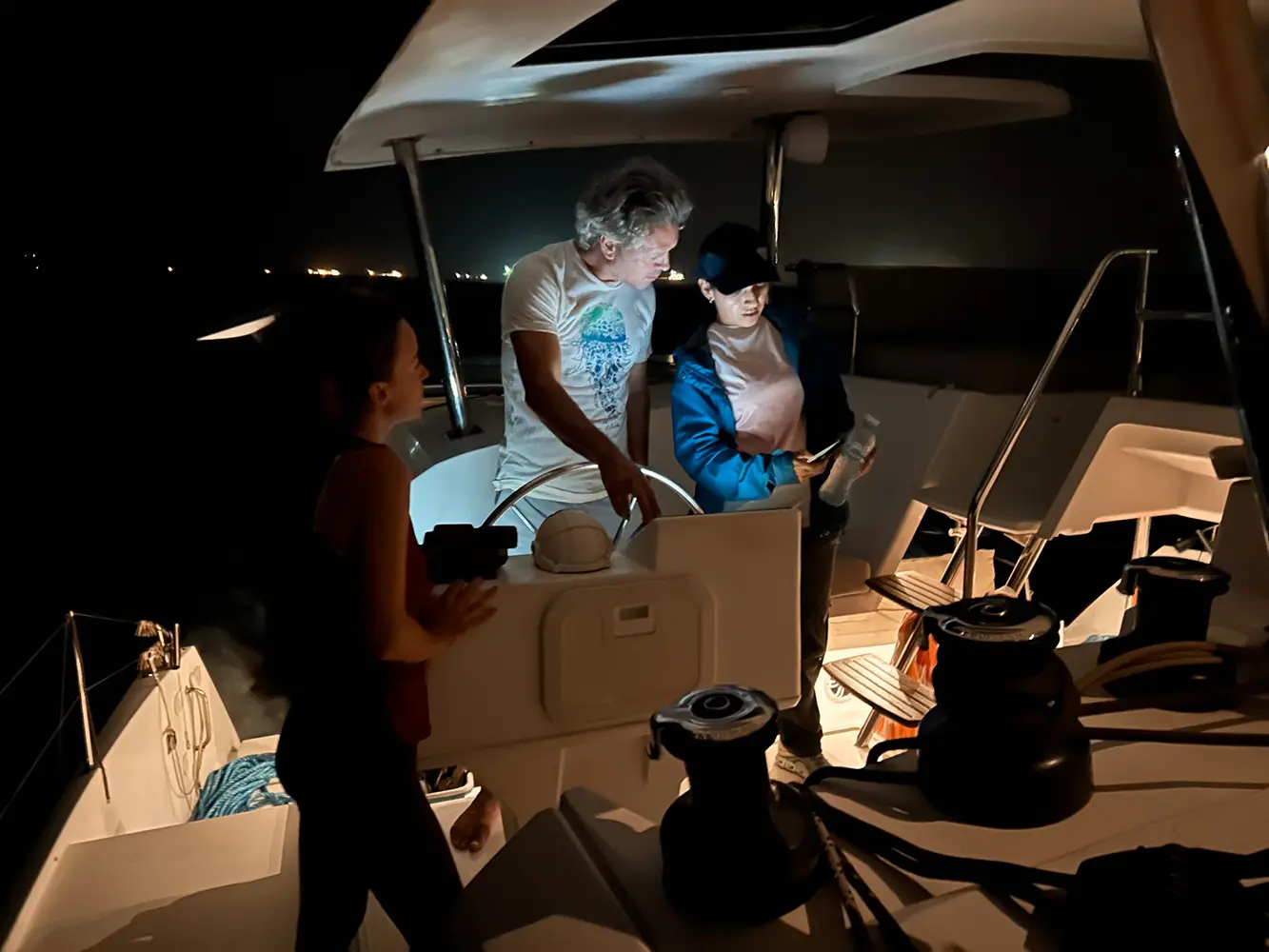
The Day of the Panama Canal Transit
Boat Advisor
A boat advisor is a required and key conduit that works with Panama Canal to effectively communicate between your captain, the Canal, other boats if you’re rafting, and the line handlers on shore. The advisor is not a pilot, they will not take over operation of your vessel, they will only advise. It is essential that you listen to the advisor as there is a huge amount of local knowledge that captains do not know or may not have considered. Our advisor arrived at 4am via pilot boat while we were at anchor outside of Shelter Bay Marina. She boarded, checked our lines and fenders, and spoke with our Captain about the first hours of passage.
Rafting to Other Boats
Cruisers are typically rafted to one or two other boats and the Panama Canal will designate your raft buddies. We as a catamaran with two engines, were rafted to two monohulls on either side of us. This was a unique challenge for our captain as he became the main maneuvering component through the locks. For our line handlers this meant passing lines to the other boats on each side of us to create the raft, and the lines handlers on the monohulls became responsible for passing their lines to shore. You will raft to the other boat(s) as you approach the first set of locks, de-raft once you’re in the lake, and raft again as you approach the second set of locks.
Preparing Meals
We knew it was going to be a busy day and you are required to feed your advisor. Yes there are horror stories about advisor meals, yes we had an interesting experience with ours. If you’re doing a full transit of the panama canal in one day you are expected to offer breakfast and lunch. We knew we would be busy for the first couple hours in the locks so we prepared huge breakfast burritos the night before and heated them up once we were in Gatun Lake. She was very happy with the breakfast.
In the afternoon I had meat and cheese paninis planned with a few sides including fruit and snacks. Again, I had made these the day before and wrapped them to store in the fridge. Something here was apparently a mistake. She didn’t tell me until after she was departing in the afternoon once we were moored in a rather angry tone that “sandwiches we’re not a proper lunch and she could have sent out for a food to be delivered by pilot boat and we would have had to pay for it.” Unfortunately as she was literally walking off the boat, I didn’t have the opportunity to inquire further what was offensive about the meal, so I don’t have more information to share. Was it because they were served cold (it was an extremely hot day so I thought this was ok), was it not enough food? I’ll never know. She was otherwise a friendly and highly competent advisor, so it was a situation that made me feel pretty bad and confused.
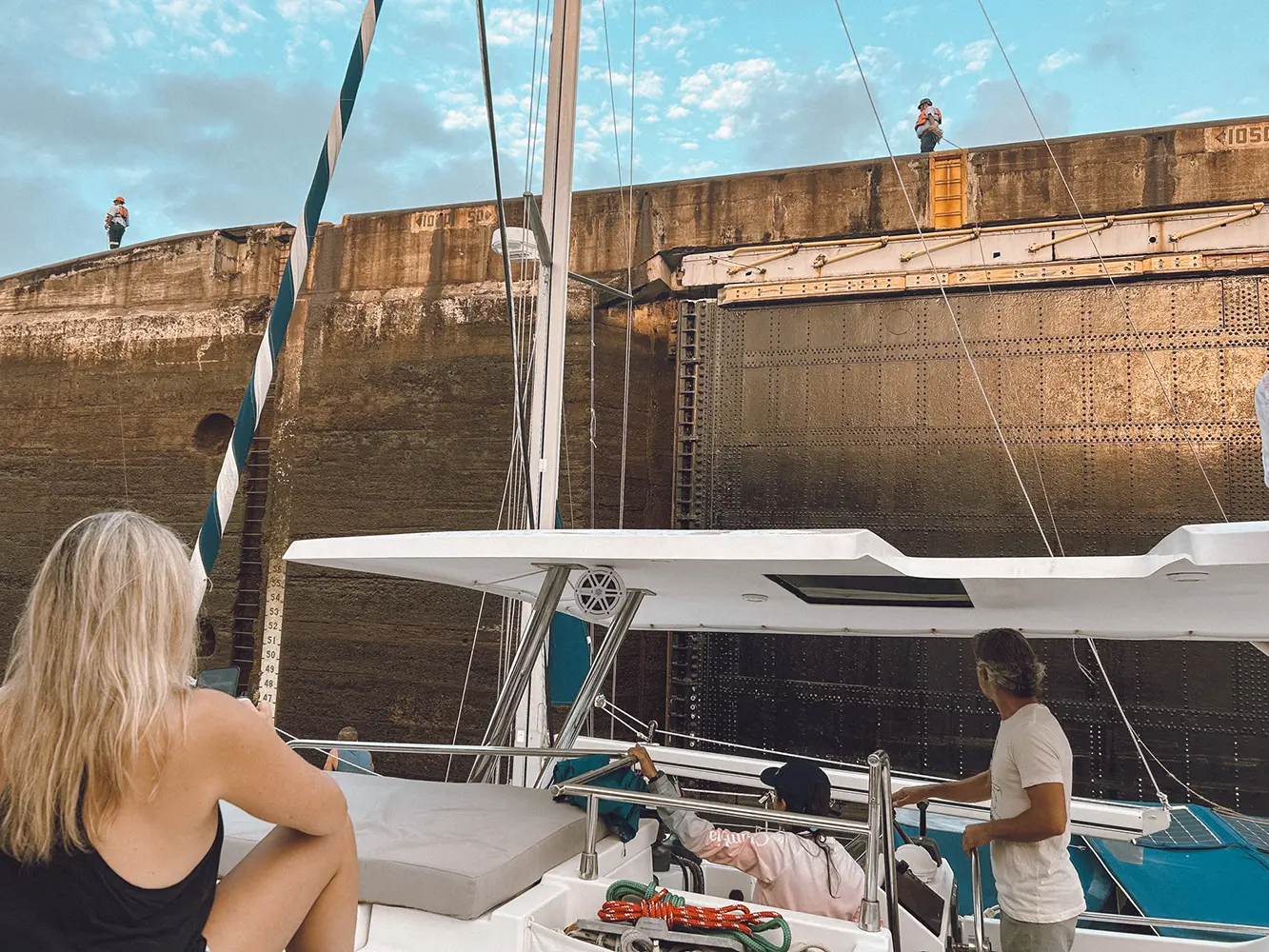
Navigating the Locks - Panama Canal Transit
The real highlight of the Panama Canal transit is experiencing the famous locks that lift and lower boats between the two oceans. There are three sets of locks on each side of the canal—Gatun Locks on the Atlantic side, as well as the Pedro Miguel Lock and Miraflores Lock on the Pacific side.
Entering the Locks
Entering the locks for the first time is a surreal experience. As you approach the massive chambers, the canal authority will direct you to your position. You’ll be sharing the locks with other vessels, ranging from small sailboats to massive container ships. I found it both awe-inspiring and a little nerve-wracking to be so close to these giant ships.
Your line handlers will play a critical role here, and can feel a bit stressful as everyone tries to be safe and efficient as possible. The workers on either side of the lock will toss a retrieval line with a monkey fist attached to a much larger line to your boat. It is your line handlers job to bowline your line to the retrieval line so the workers on the lock walls can pull in your lines and secure your boat in position. It is important for your line handlers to make sure they are tying the lines clear of your lifelines. The advisor will tell you when to pass each line. The workers will “walk” your boat into position before cleating you off. Then, slowly but surely, the water level begins to rise (or fall, depending on the direction you’re traveling).
Locks on the Pacific Side
The locks on the Pacific side, especially Miraflores Locks, are popular with tourists, so don’t be surprised if you see a crowd of onlookers waving from the observation decks. I did not know this so it was a very pleasant surprise to see a series of bleachers set up with lots of people cheering the boats. It’s an exciting moment when you finally pass through the last lock and catch your first glimpse of the Pacific Ocean (or the Atlantic, depending on your direction). For me, it felt like a true achievement—crossing from one ocean to another is an unforgettable milestone for any sailor.
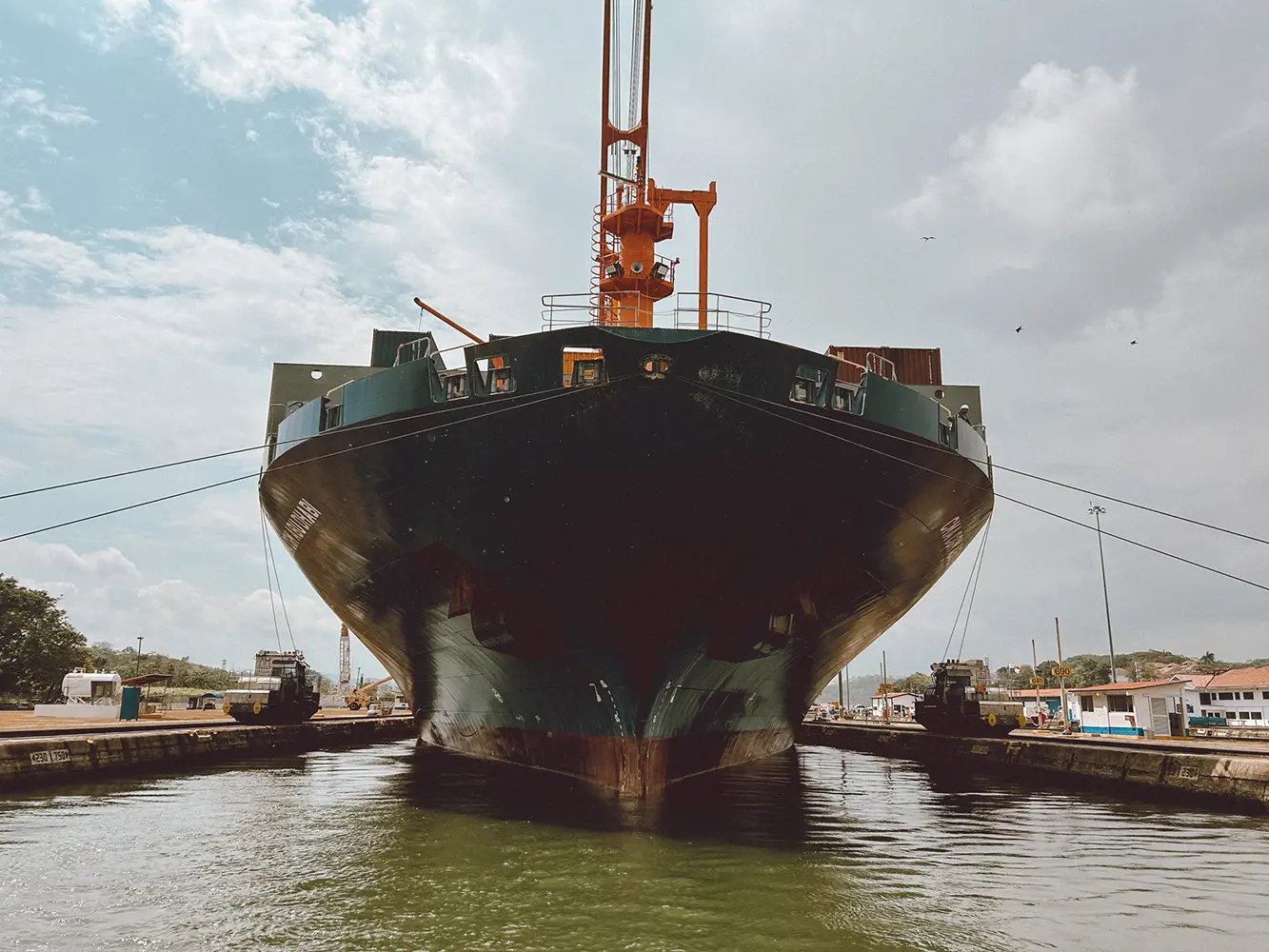
Crossing Gatún Lake - Panama Canal Transit
After passing through the Gatun Locks on the Atlantic side, you’ll sail across Lake Gatun, one of the largest artificial lakes in the world. This lake forms the central part of the Panama Canal and is surrounded by dense tropical rainforest. It’s a peaceful, scenic contrast to the excitement of the locks.
Sailing across Lake Gatun takes up the majority of the time of the canal transit, for us it was about five hours, so this is a good time to relax and enjoy the view. The lake is home to a variety of wildlife, including monkeys, crocodiles, and birds, so keep your eyes peeled for some incredible animal sightings.
Anchoring in Lake Gatun
If you’re doing a two-day transit, you’ll anchor or moor overnight in Lake Gatun before completing the rest of the journey the next day. In this case the advisor will be picked up by pilot boat in the evening and dropped back off in the morning to finish the transit.
Completing the Panama Canal Transit
Once you’ve crossed Lake Gatun, passed by Barro Colorado Island, and made your way through the Culebra Cut, you’ll approach the Pedro Miguel and Miraflores Locks, which will take you down to the Pacific side of the canal. The feeling of descending through the locks and arriving at the Pacific is exhilarating. After days (or weeks) of preparation and waiting, you’ve made it!
When you exit the final lock, you’ll cruise underneath the massive Bridge of the Americas and into the mooring field surrounding the Port of Panama (Balboa) with Panama City in the distance. Here, the advisor was picked up by the pilot boat, and another dinghy came by to pick up the lines and fenders so you should have those prepared to pass off. This marked the end of our Panama Canal journey and for our time in the Caribbean Sea—but for us, it also marked the beginning of a whole new adventure on the Pacific Ocean. That night we radioed to request a $4 boat taxi (you cannot leave your dinghy at the dock) to head to shore and had a celebratory dinner at The Canal House which is directly across from the dock.
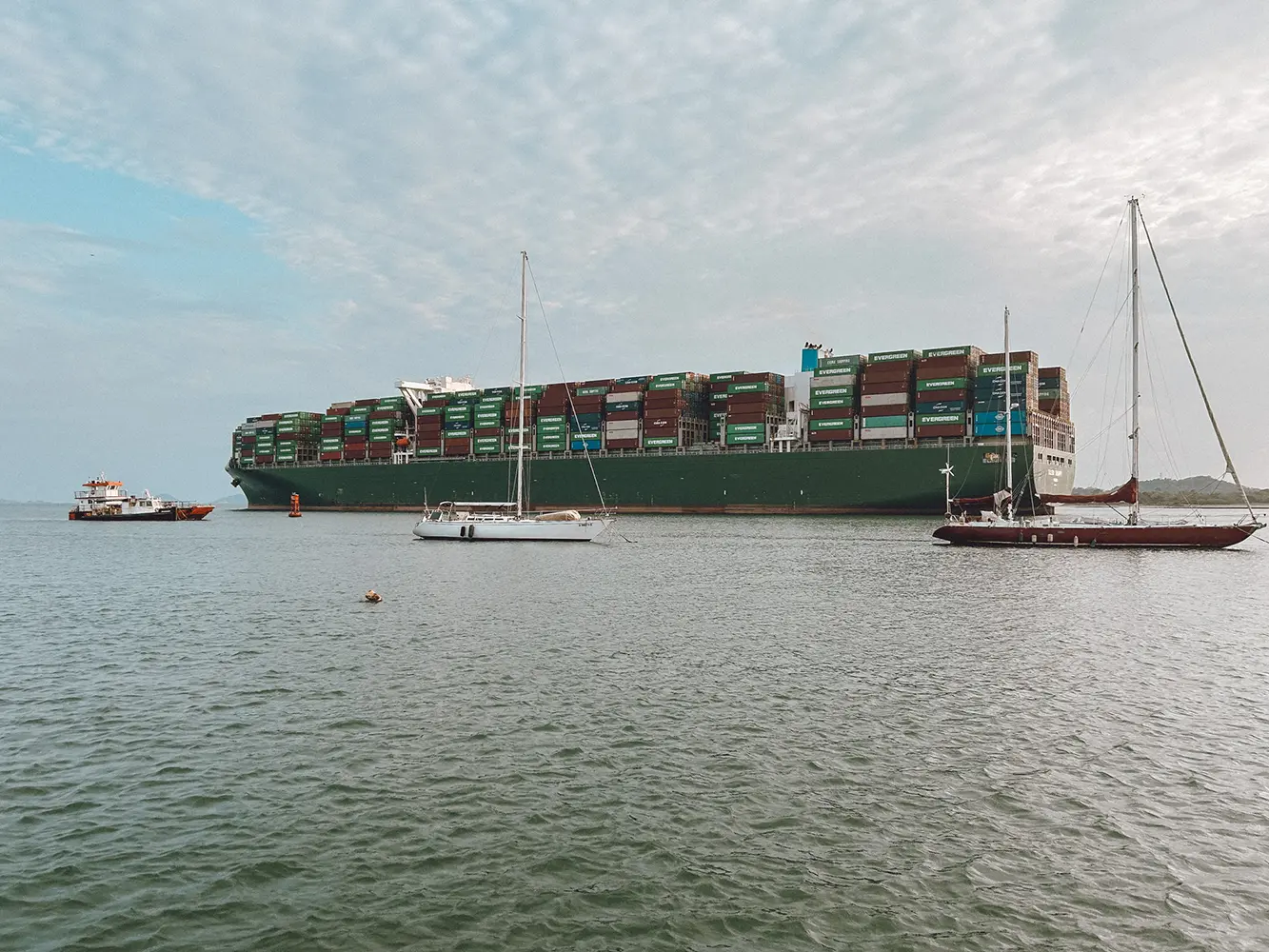
FAQs - Panama Canal Transit
Transiting the Panama Canal is an exciting and often once-in-a-lifetime experience, but it can also bring up a lot of questions for first-time sailors and travelers. Here are answers to some of the most frequently asked questions about the Panama Canal.
How Many Ships Go Through the Panama Canal a Day?
On average, around 35 to 40 ships pass through the Panama Canal each day. This number can vary depending on the season, traffic, and other factors like drought. The canal operates 24/7, with a mix of both commercial vessels and smaller private boats like sailboats and yachts.
The Panama Canal Authority (ACP) carefully schedules ships to maximize efficiency, and the recent expansion with the new Neopanamax locks allows even larger vessels to transit, increasing the canal’s capacity.
How Long is the Panama Canal?
The Panama Canal is approximately 50 miles (80 kilometers) long. The journey through the canal typically takes about 8 to 10 hours, depending on the traffic and whether the transit is completed in one day or over two. From the time we woke up for our 4am start time to when we were moored in the late afternoon on the other side was 14 hours.
How much does it cost to transit the Panama Canal?
The cost to transit the Panama Canal varies based on the size and type of your vessel. In 2024 our 50ft/15m private catamaran cost $1,935.00USD. Larger commercial vessels, such as container ships, pay much higher fees, sometimes reaching hundreds of thousands of dollars. Fees are determined based on the boat’s length, width, and tonnage.
How does the Panama Canal work?
The Panama Canal operates using a system of locks that raise and lower ships as they transit between the Atlantic and Pacific Oceans. The locks use gravity-fed water from nearby lakes to raise vessels up to 85 feet (26 meters) above sea level and then lower them back down on the other side. Large ships are guided through the locks by a combination of tugboats and locomotives known as “mules.” Smaller vessels are guided by hand using lines connected to the boat and to shore.
Can sailboats go through the Panama Canal?
Yes, sailboats can transit the Panama Cana. Many private yachts and sailboats make the journey each year. Sailboats must meet the same requirements as larger vessels, including having a set number of line handlers and paying the required fees. The transit is an incredible experience for sailors, though it requires careful preparation and coordination with the Panama Canal Authority (ACP).
Is there a waiting time for transiting the Panama Canal?
Yes, there can be a wait time for transiting the Panama Canal, especially for private boats and smaller vessels. Depending on the season and traffic levels, wait times can range from a few days to a couple of weeks. It’s always a good idea to plan for potential delays when scheduling your transit.
How deep is the Panama Canal?
The canal’s depth varies depending on the section, but it reaches a maximum depth of around 85 feet (26 meters) in the Culebra Cut, the narrowest part of the canal. The water depth in the locks themselves is about 40 feet (12 meters), ensuring safe passage for ships of all sizes.
Can You Visit the Panama Canal?
Yes! You can visit the Panama Canal to see the ships and locks. The Miraflores Locks is the closest viewpoint to Panama City and by far the most popular way to see the boats passing through the Panama Canal.
Can You Cruise the Panama Canal?
Yes, there are passenger cruise ships that go through the Panama Canal. Cruising the canal often involves popular ports of call on each side of the canal including Costa Rica, Aruba, and Colombia.
